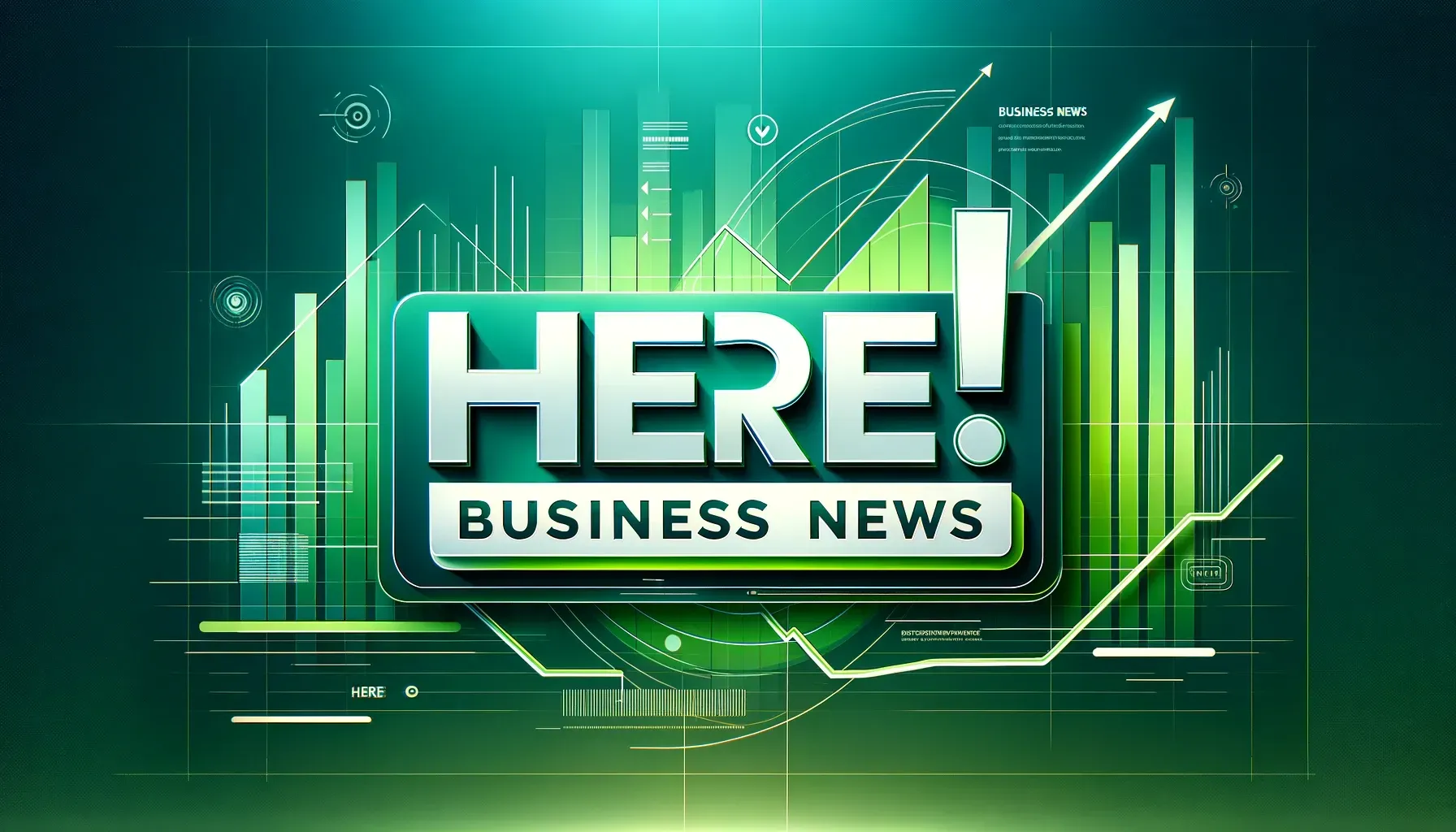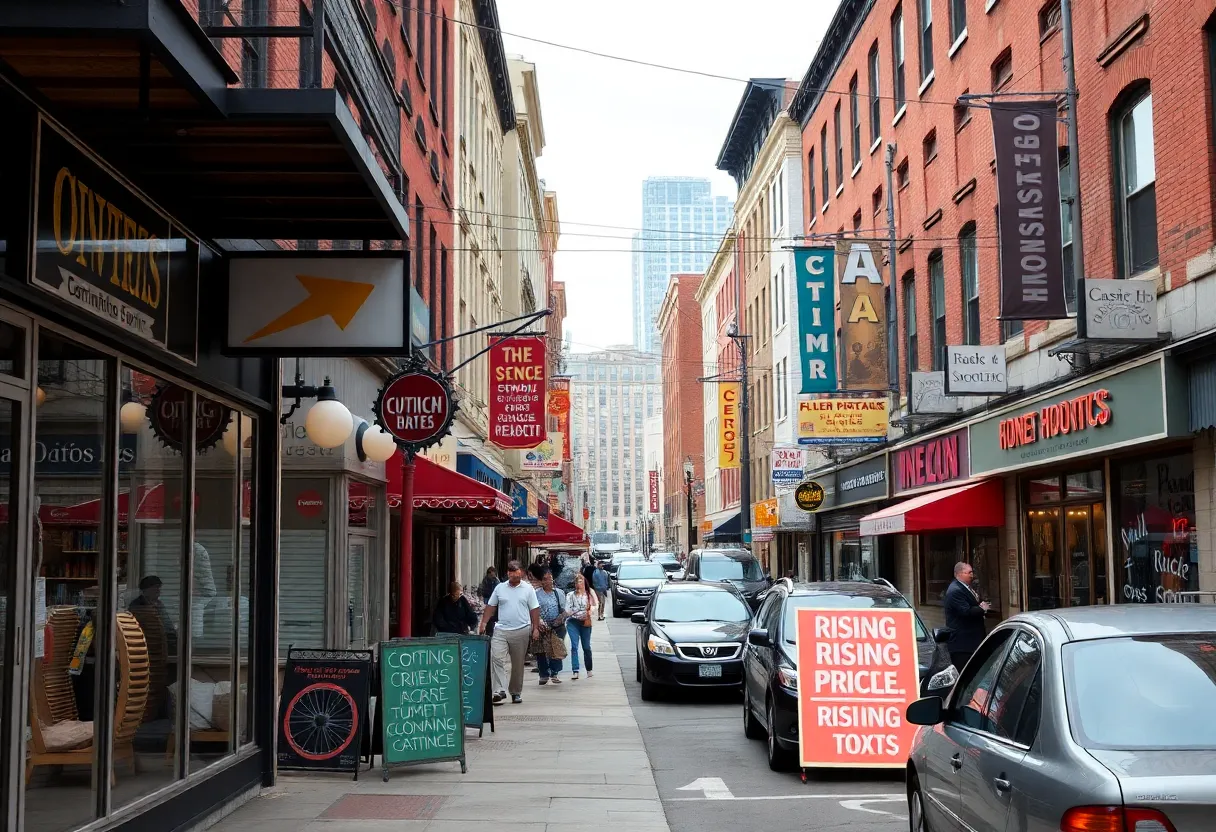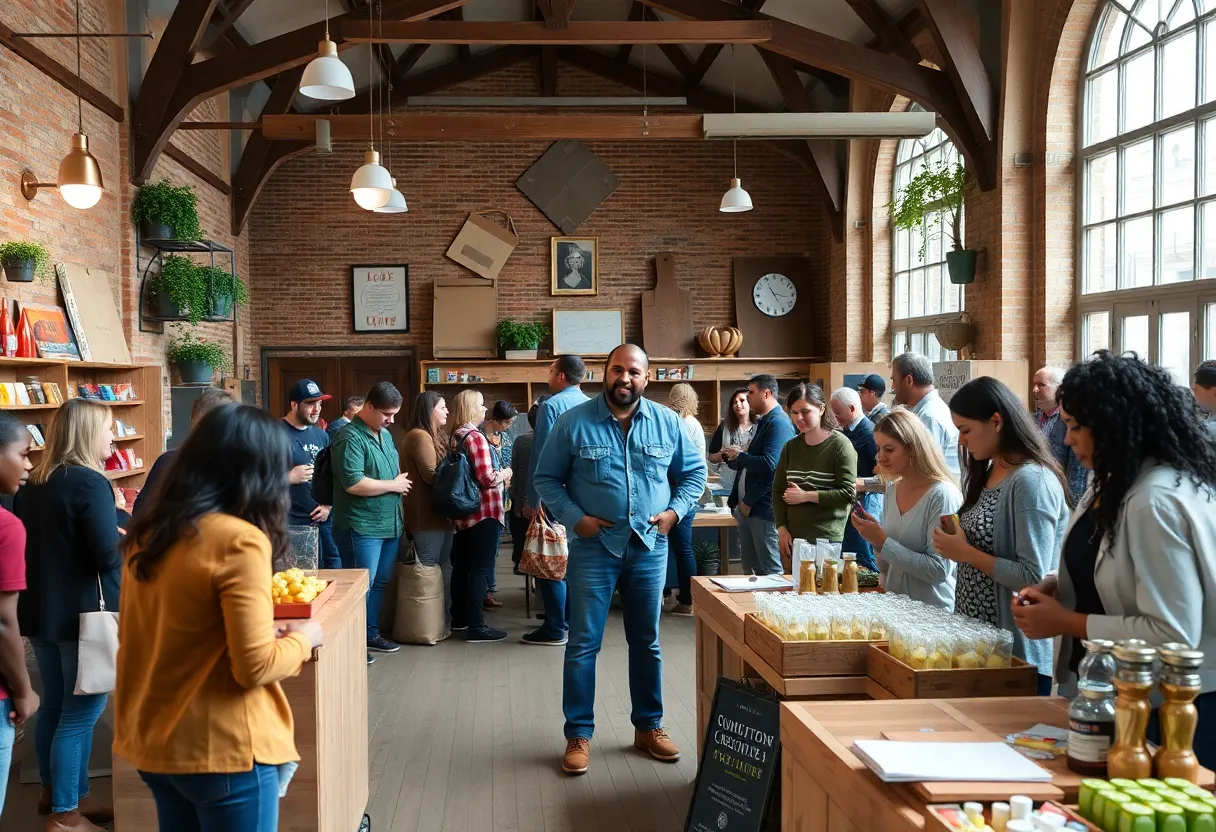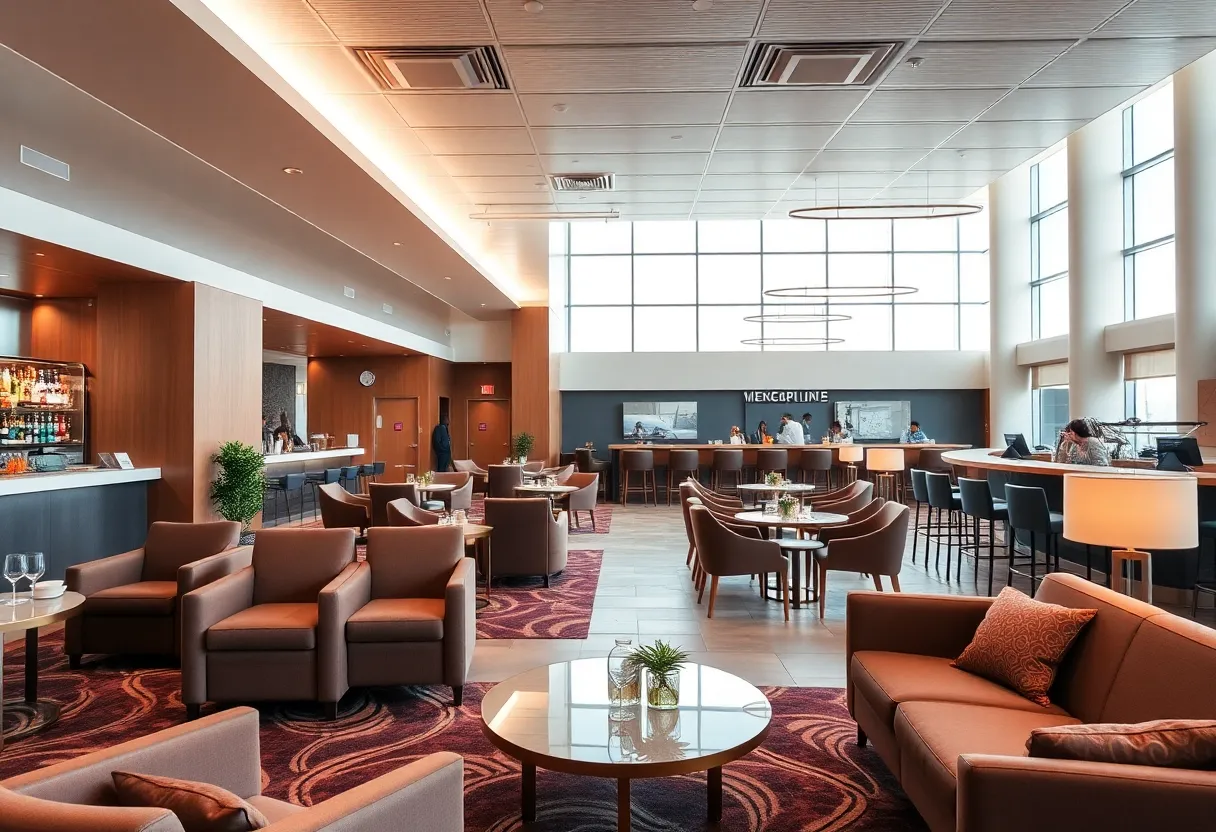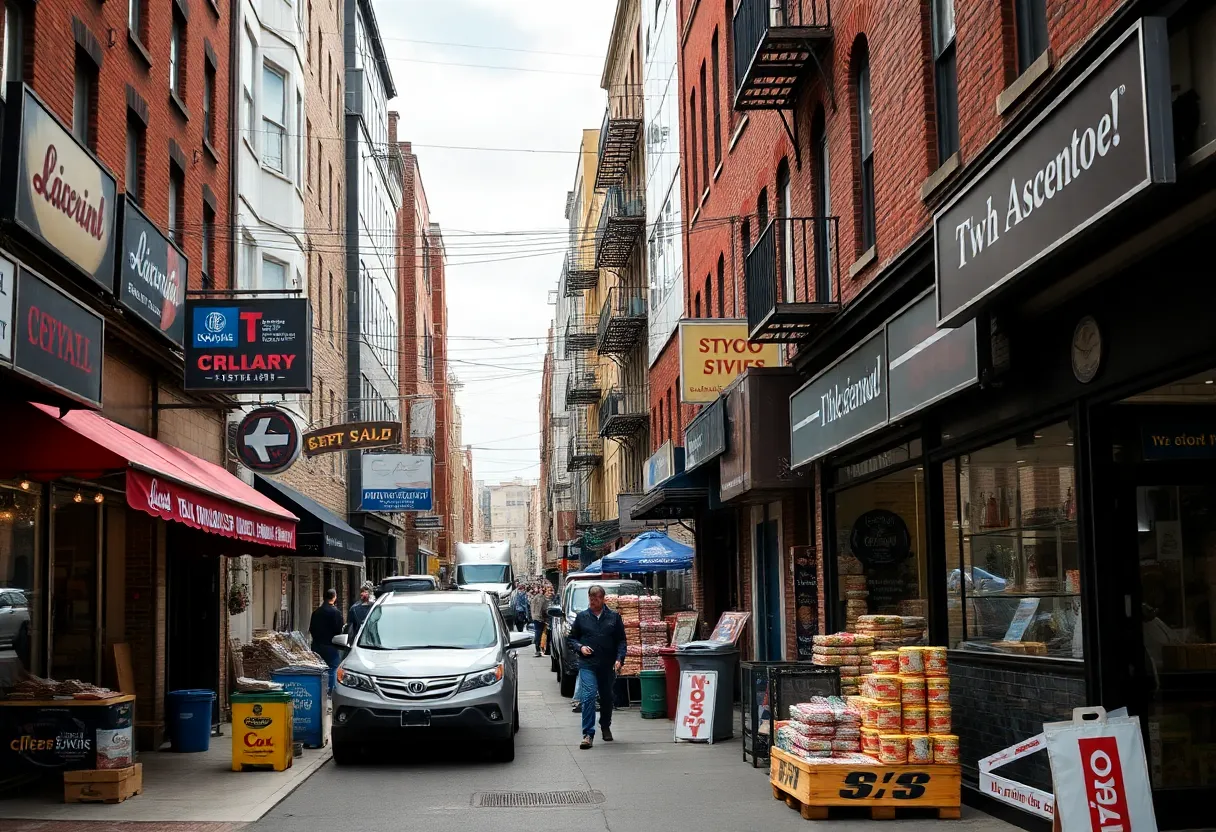News Summary
As campaigning intensifies in Pennsylvania, Kamala Harris faces significant economic challenges that could impact her support. With rising costs and small business struggles, the economic landscape has become a central concern. Despite a modest GDP increase, many small businesses are grappling with soaring prices and decreased revenue, complicating the political scene as both Harris and Trump strive for voter connection. With federal tariffs adding to the pressure, navigating Pennsylvania’s economic environment is crucial for Harris’s efforts in the upcoming election.
Economic Challenges in Pennsylvania: What They Mean for Kamala Harris’s Campaign
As the campaign trail heats up in Philadelphia, political ads are filling the airwaves. Both Kamala Harris and Donald Trump are making a big push in this swing state, but all eyes are on the economic landscape that might just influence the outcome. Pennsylvania’s small business community, the heartbeat of the state, is facing tough times, and that could have implications for Harris as she rallies support.
The Top Concern: Economic Well-Being
For those who own small businesses, it’s no secret that the current economic environment is weighing heavily on their minds. The overwhelming concern? Their overall economic well-being. As these entrepreneurs navigate through rising costs and shifting consumer habits, the stakes couldn’t be higher for Harris’s campaign. Despite a real gross domestic product (GDP) increase of 2.5% this year – consistent with the national average – it doesn’t tell the whole story for the struggling small businesses that are foundational to Pennsylvania’s economy.
Price Surges and Cost Burdens
For many in the Philadelphia area, the cost of living has soared, with prices for consumers and small businesses jumping by a staggering 21.7% since the days before the COVID-19 pandemic. Let’s be clear: this isn’t just a local issue. While price increases in Philadelphia lag behind those in Tampa, Florida (which saw a shocking 29.8% rise), they are higher than in other regions like California’s Bay Area (clocking in at 16.6%). This surge in prices leaves nearly 50% of renters in Pennsylvania feeling “cost burdened,” according to research findings.
Job Market Emerging Woes
On the employment front, the news isn’t any brighter. In September, small businesses with fewer than nine employees recorded a decline of 0.22% in revenue adjusted for inflation. Overall, employment across Pennsylvania dipped by 0.025%, slightly better than the national average drop of 0.04%. Jobs in construction, manufacturing, and transportation are slipping away, while sectors like leisure and hospitality seem to be gaining strength. The battle is far from over, as job postings on Indeed have plummeted by 16% in the past year.
Wages Aren’t Cutting It
Despite wages in Pennsylvania averaging $31.63 per hour—around 3.5% below the national average—the growth just isn’t enough to keep pace with inflation. Over the past year, wages rose by 2.67% and weekly wages by 2.47%, but when pitted against the climbing consumer price index, employees are finding their take-home pay just doesn’t stretch as far as it used to.
Rising Costs and Small Business Struggles
The anxiety brewing among small business owners is palpable, especially with rising healthcare costs forcing them to rethink employee benefits. Reports show that since 2000, the percentage of small businesses providing health insurance has dropped dramatically, sliding from 47% to 30%. And as for operating costs? Many are looking toward Health Reimbursement Arrangements (HRAs) as a way to navigate these challenges.
Federal Tariffs Stirring Concern
Adding to the economic strain is the growing apprehension regarding federal tariffs, especially among small businesses that fear revenue declines. Over 52% of Pennsylvania’s small business owners have cited concerns over tariffs affecting their sales. This is particularly relevant in agriculture and manufacturing, two sectors critical to the state’s identity.
Looking Ahead
While the future might seem daunting, predictions indicate that Pennsylvania’s consumer spending could rebound in the coming years, bouncing back from 2.2% in 2023 to 1.8% in 2024. Yet, in a state that ranks 36 out of 50 for overall growth, it’s clear that navigating the economy will require resilience and innovative solutions.
As Kamala Harris navigates these economic challenges head-on, it’s a potent reminder that in politics, much like in business, the economy is a constantly shifting landscape that can either propel a campaign forward or hold it back. The stakes in Pennsylvania remain high as both candidates work to connect with voters against the backdrop of an ever-evolving economic situation.
Deeper Dive: News & Info About This Topic
- Metro Philadelphia: Economic Business Tariffs
- WFMZ: Pennsylvania Small Businesses and Health Coverage
- Play Pennsylvania: Success Stories on Small Businesses
- Lehigh Valley Business: Tariff Fears Among Small Businesses
- PA Business Central: Economic Fallout from Tariff Policy
- Wikipedia: Pennsylvania
- Google Search: Pennsylvania economy
- Google Scholar: Pennsylvania small businesses
- Encyclopedia Britannica: Pennsylvania
- Google News: Pennsylvania businesses
